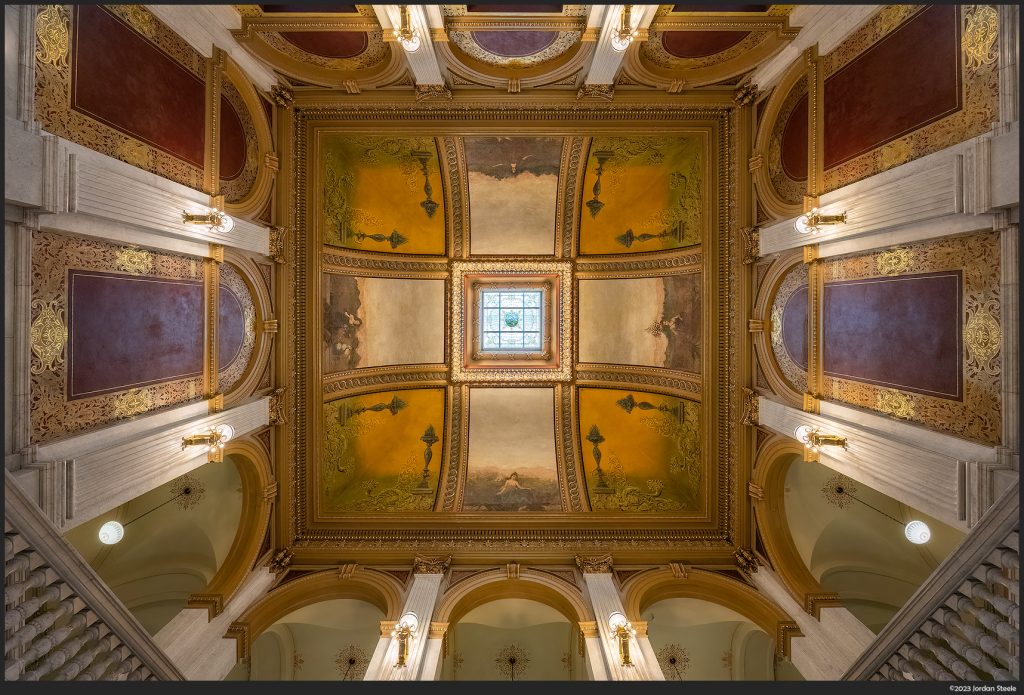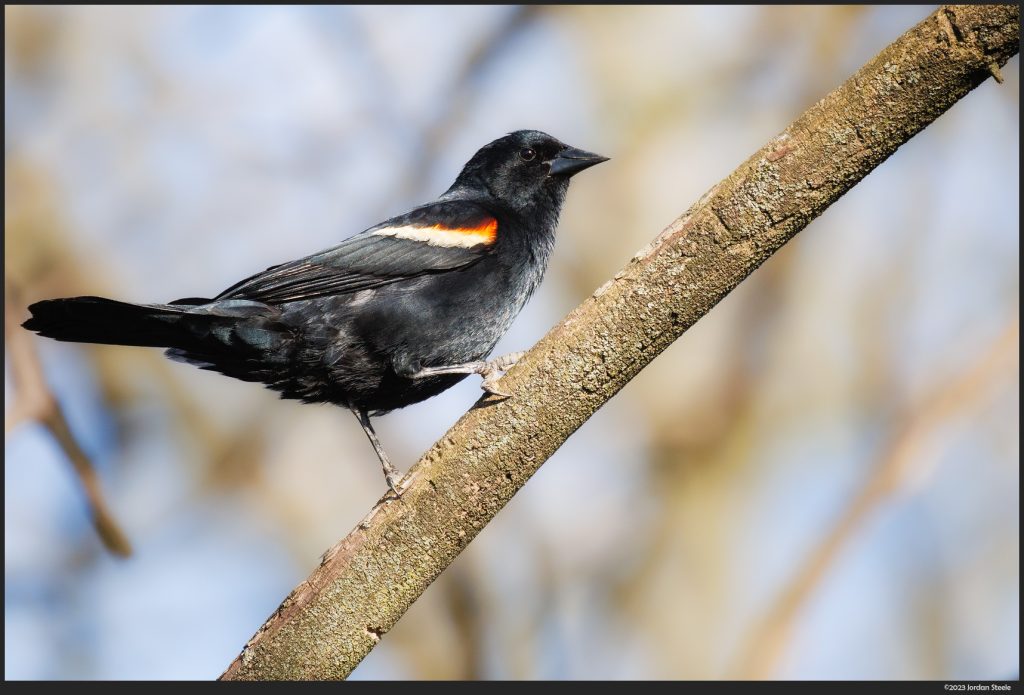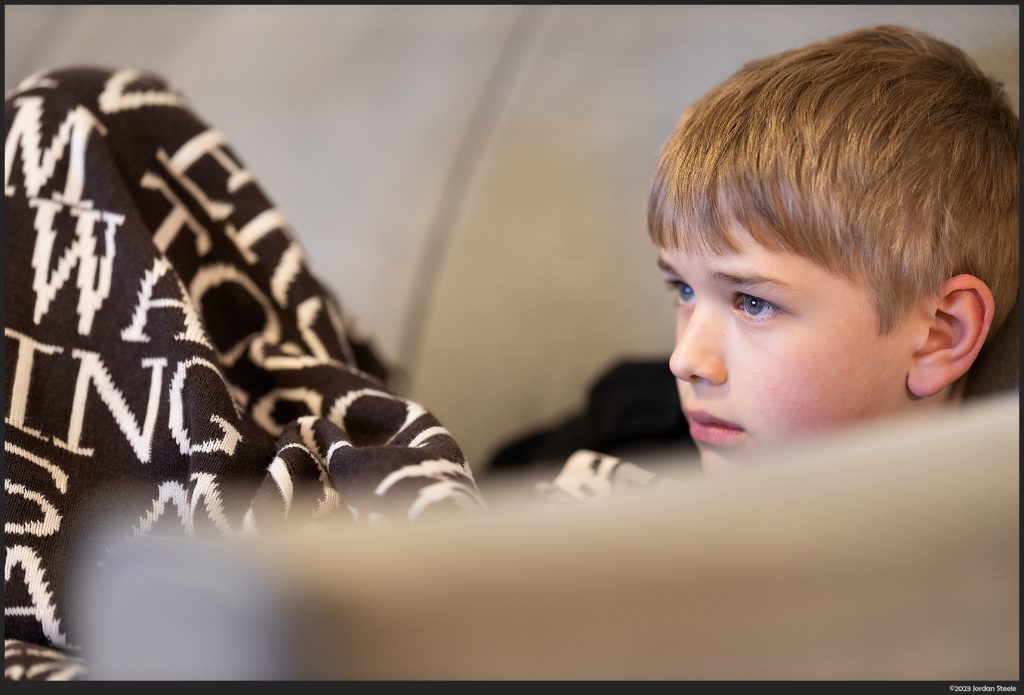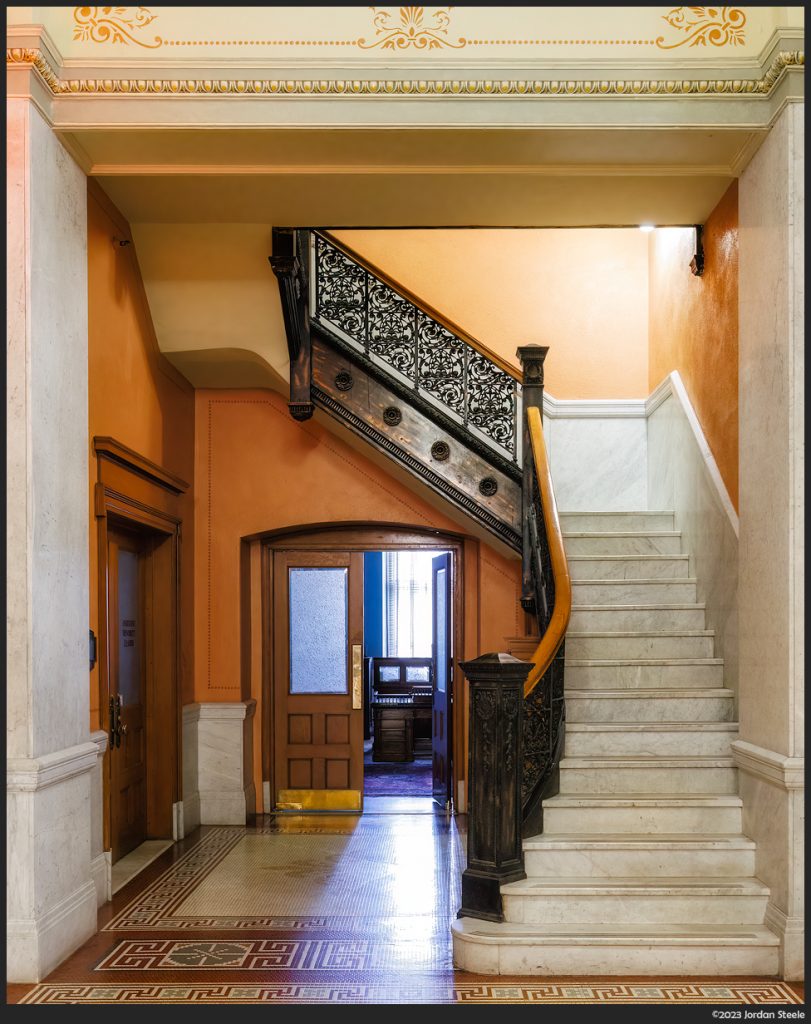On February 7, 2023, Canon announced their latest RF mount mirrorless camera – the Canon EOS R8. The R8 is an intriguing camera for several reasons. While at first blush, the R8 may just look to be a slightly updated RP, Canon made some very interesting choices with regards to this new camera, and the result is a camera that is a small powerhouse. I’ve had the R8 in my hands for the past few days, and I wanted to share some first impressions. A full review will follow in the coming weeks.

R8 – Summary of Features
As I mentioned in the introduction, Canon has made some interesting design choices with regards to the R8. The R8 is poised to fill the Entry-Level Full Frame position in the Canon R series lineup, taking that mantle from the EOS RP. However, the RP is remaining for sale for the time being, slotting in at $999 at the moment. The R8 debuts at $1,499 for the body only, which is $200 more expensive than the RP was at launch. However, as you’ll see, that extra cost is quite justified.
Here are some of the key items concerning the EOS R8:
- 24 Megapixel Full-Frame CMOS Sensor (Same as the R6 Mark II)
- Digic X processor
- Dual-Pixel CMOS AF-II with the same subject tracking features as the R6 Mark II and R3
- Same body design (with minor tweaks) as the EOS RP
- No IBIS
- 40 fps burst shooting (electronic)
- 6 fps burst shooting (EFCS)
- 30fps RAW Burst with 0.5s pre-roll
- 0.7x 2.36 million dot EVF
- 1.6 million dot 3″ swivel touch screen
- 4K 60p full-width video recording
- Multi-function hotshoe
- LP-E17 battery
- Single Card slot
If you’re familiar with Canon’s other RF mount cameras, the list above will seem a bit interesting. The downsides include no in-body image stabilization, only a single card slot and the small capacity LP-E17 battery. But the upsides are pretty huge for a camera in this price bracket, with the biggest one being that the R8 uses the same outstanding 24 megapixel sensor and fast Digic X processor found in the R6 Mark II. Also coming from the R6 II is the same enhanced autofocus system, which was itself borrowed largely from the R3. The camera also has the same 40 fps electronic shutter burst mode as the R6 II, the same pre-roll burst feature that captures images from the half second before you pressed the shutter. All of this in a moderately priced, very compact and lightweight body.
Initial Thoughts

After using the R8 for the past few days, I have a few thoughts on the camera so far.
- The body feels exactly like the RP in the hand, as it should. The R8 share the entirety of its exterior with the RP, save for a few small control changes on the top plate. I think that’s a good thing because I found the RP to handle beautifully for a small body, and the R8 is the same. It feels even better with the EG-E1 extension grip, which allows for better leverage with large lenses and gives space for your pinky to rest comfortably on the grip.
- When you dive into the menus and features, its immediately apparent that Canon did not cripple this camera. There are a few things missing, in order to save money and differentiate it from the R6 Mark II, but this is not a stripped down bargain-basement camera. An essentially full complement of features, minus IBIS, is present, including focus stacking, RAW pre-action burst, full Wi-Fi features, Canon’s latest AF system and tracking features, intervalometer and more. It’s an incredibly full-featured camera for the price.
- The biggest AF change in my opinion is the addition of the ‘Whole area tracking Servo AF’, which gives a very similar operation to Sony’s AI Tracking operation, where your focus point starts, locks on, and it tracks it anywhere in the frame. This is the default behavior in Servo AF, though it can of course be toggled off. This is the one thing I missed from my Sony cameras when switching to Canon, and it works extremely well. I found the AF to be exceptionally sticky and accurate, with outstanding Eye AF and subject detection. Overall, it’s a clear step up from the already excellent autofocus on my R5.
- Image quality is very good. This sensor produces images with plenty of detail, with very good dynamic range and noise control. Shadows can be pushed quite a lot and still maintain detail, and overall tonality of the sensor is excellent. This is as expected since the sensor is the same as that in the R6 Mark II, and it’s really nice to have.
- The new position of the On/Off switch is better than before, but because the area that WAS the on/off switch on the RP (and also on my R5) is now photo/video selection, I have already accidentally switched that instead of the on/off switch a couple of times, though I have adapted fairly quickly. This may cause a bit of minor frustration when switching between the R5 and R8 if shooting with both cameras for an event.
So far, I’m very impressed with this little guy. It’s a very significant upgrade from something like the RP and manages to keep most of the great features from the R6 Mark II while making sensible compromises to hit the price point. The lack of IBIS isn’t a huge problem most of the time, as the majority of RF lenses have optical stabilization. The only real downside to me is the use of the smaller LP-E17 battery. As a result, battery life isn’t great, and it is highly recommended to have a spare or two if going out to shoot for a while. Still, this very much feels like a compact high end camera, rather than a slightly improved budget camera.
I’ll continue to use the camera over the next little while, and I’ll have my full review coming in the next few weeks. In the meantime, enjoy a few of my early photos with the R8.











Leave a Reply